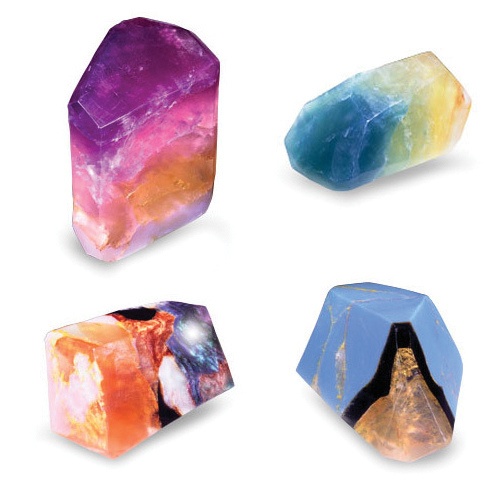
Antarctica, the southernmost continent on Earth, has long captivated the imagination of explorers, scientists, and adventurers. Its vast and desolate landscapes, extreme climate, and unique ecosystem make it a subject of great interest. One question that often arises is whether Antarctica is primarily composed of rock or ice. In this article, we will delve into the composition of Antarctica, exploring its geological features, ice formations, and the interplay between these elements.
- The Geological Foundation:
Contrary to popular belief, Antarctica is not just a massive ice sheet floating on the ocean. It is, in fact, a landmass with a solid geological foundation. The continent is primarily composed of rock, specifically continental crust, which forms the underlying structure. This rock foundation provides the stability necessary for the formation and preservation of the extensive ice cover. - Ice Formation and Dynamics:
Antarctica is home to the largest ice sheet on Earth, covering approximately 98% of its surface. This ice sheet, known as the Antarctic Ice Sheet, is a result of millions of years of snow accumulation and compaction. The immense weight of the ice causes it to flow outward from the interior towards the coast, forming glaciers. These glaciers can be several kilometers thick and are responsible for sculpting the unique topography of the continent. - Glacial Features:
Antarctica's ice formations are not limited to its massive ice sheet. The continent also boasts stunning glacial features such as ice shelves, icebergs, and ice streams. Ice shelves are thick floating platforms of ice that extend from the coast, while icebergs are large chunks of ice that break off from these shelves and float freely in the surrounding ocean. Ice streams, on the other hand, are fast-flowing channels of ice within the ice sheet itself. These dynamic features contribute to the ever-changing nature of Antarctica's landscape. - Interplay between Rock and Ice:
While Antarctica is predominantly composed of rock, the presence of ice has a profound influence on its geological processes. The weight of the ice sheet exerts pressure on the underlying rock, causing it to deform and flow slowly over time. This phenomenon, known as glacial isostatic adjustment, leads to the uplifting and depression of the Earth's crust in response to changes in ice mass. Understanding these interactions is crucial for comprehending the geological history and future of Antarctica.
Conclusion:
In conclusion, Antarctica is a complex and fascinating combination of rock and ice. Its geological foundation provides the stability necessary for the formation and preservation of the massive ice sheet that covers the continent. The interplay between rock and ice shapes the unique landscapes and features we observe in Antarctica today. By unraveling the mysteries of this icy continent, scientists can gain valuable insights into Earth's past climate, future sea-level rise, and the delicate balance of our planet's ecosystems.





